Whether intentional or not, a brand’s tone of voice can be read in almost every aspect of their public-facing platforms; website, video content, social media, and even colour palette.
Tone of voice is very often dictated by the nature of the business which could be wanting to present a serious public-facing image (financial institutions, government, charity).
Or can afford a more playful manner (restaurant & bar, advertising, creative fields). Mimicking the same tone of voice for brand videos can be a trickier topic because there’s often more scope or freedom to explore certain sides of the business.
This is why I’ve written this article to help you lock down the right tone of voice for your brand videos.
Possibility
When you think about tone of voice in the context of a video, you’re thinking about the character and identity of the brand which is obviously a manufactured image that you want to present to the public.
For instance, if you’re a furniture company you might simply want a video that shows people enjoying your products.
A fragrance company, on the other hand, might evoke a certain feeling with sensational imagery because selling a scent is not easy.
However, even this is narrowing video content to traditional TV adverts when in actuality, video content is primarily consumed online and in many different ways.
New media encompasses many different avenues that could and probably should be explored by your brand.
If your company has the man-power to create its own online video series on youtube for example then it could be a great avenue to engage with your target audience or community.
GoPro for example has a widely popular youtube channel that showcases a great deal of its community’s content; in this instance, the content isn’t even being created by the company but its user base which is then broadcast on its huge online platform.
Their primary focus is on extreme sports so their tone of voice matches this: bright visuals, clean edits, and a lively soundtrack that showcases the amazing daredevil content.
GoPro is a very convenient example as their product range is catered toward capturing extreme sports from a first-person perspective.
However, it’s possible to find this kind of online video content in other examples; Blendtec has a youtube channel that simply showcases the company’s flagship blender blending various objects in a humorous setting.
They found a successful and replicable formula that they were able to make work for them. This isn’t always possible depending on the nature of the business but certainly, for product promotion, there is a great opportunity with online video content.
Creating Engagement
By doing any kind of video content, you are wanting to encourage meaningful engagement and this is true now more than ever with social media being its own tool for power and influence.
Likes and comments do quite literally translate into dollar signs on many platforms and while this isn’t always the immediate intention, for a lot of companies and individuals it means big business.
With the absolute unfathomable amounts of video footage being constantly uploaded online, it is daunting when thinking about putting time, money, and effort into a promotional video.
However as online engagement is almost all video-related, it’s so important to have a presence of some sort. It doesn’t even need to be a brand advert; it could be an interview, a review, or an animation that serves to promote your business in one way or another.
Where the consumer’s voice can now influence a business practise, creating a connection with the customer is a hugely important aspect for many brands which is why creating video content with the correct tone of voice is so important.
Everyone has seen how brand videos can completely miss the mark and strike an insincere tone of voice that actively damages the customer’s perception of the brand.
This is less common now as there is so much customer data available to give you a fantastic statistical insight from which you can develop engaging video concepts and ideas.
With just a quick glance over Google Analytics, for example, you can see what kind of search terms your target audience is using, the content that they click on and interact with as well as age, sex and language.
There is already a great deal of valuable information to go on and steer the video content with. Combine this with the ethos and values of your business to achieve a tone of voice: the identity and “personality” of the business.
Connectivity
Finding and achieving the right tone of voice is a challenge but when it’s done right, can be hugely beneficial to a brand not just in relation to profit and business success but in terms of creating meaningful and lasting engagement.

A brand video can create an identity and “personality” for a brand that otherwise wouldn’t exist. The idea behind it is simply making a company or business relatable or more tangible in some way by showing a human-side to an otherwise faceless entity.
For example, if your business is a car dealership, how do you make that business engaging for the general public?
A common example that you’ll see all across America in the face of the dealership’s owner or operator.
The same goes for real estate companies too, they’ll splash adverts all over town with the estate agent’s face over it to make the company approachable and more human, accessible.
This is what people want to interact with when doing business with a company; a face makes it understandable and relatable.
The above example is just a simple publicity tactic of having a face attached to the company to show it’s human but this principle is the same for a great many brand videos – their objective is to bridge the gap from the corporate entity to real human-run business.
This principle is another reason why light humor is so often used in social media accounts of big businesses; it makes a brand relatable and shareable.
This is the main goal of identifying your tone of voice: bridging the gap between your customer base and the brand itself.
As brand loyalty is such a huge factor in many people’s decision-making, being able to create a connection between your audience and the values, ethos, and “personality” of your brand is hugely valuable.
This is not only in terms of monetary value but, as today’s consumer is far more socially-aware in terms of good business practices, also in terms of aligning yourself with the right values and responsibilities. This, of course, should be done without saying!
However, it always helps to put forward the positive intentions and actions of your business.
The increased communication between customer and brand these days serves to maintain an open dialogue between the two. After all, both are quite reliant on each other.
Individuality
What I mean by individuality is identifying what is unique or different about your brand that sets it apart from the rest. Is there a unique selling point that can be translated, in this case, into video?
Is there something that you do that is the main focus of the business? This all ties into finding the right tone of voice to employ and deploy in your marketing efforts.
Try and boil down the brand’s objectives to a few keywords for instance and see how that works on film. If you get ‘simple, clean, and efficient that’s already a strong guiding force that can be the base from where you build up.
Authenticity is something that you want to put forward in whatever promotional content you produce but can often be tricky to capture on film, often coming off insincere.
Individuality helps with authenticity as it’s something you can present which is wholly the brand; its identity and its core values.
You want to showcase the unique selling points in the best light possible which can take many different video formats as discussed earlier: interview, review, animation, or traditional advert.
Think about your brand, its uniqueness and decide how it can best be seen.
Andrew Farron works for Fable Studios, a video production agency based in Bristol, UK. Fable is a video production company that creates unforgettable multi-channel content using a highly-skilled team of Creatives, Strategists, Channel-managers, Filmmakers, and Animators.
Matt Crawford
Related posts
3 Comments
Leave a Reply Cancel reply
This site uses Akismet to reduce spam. Learn how your comment data is processed.

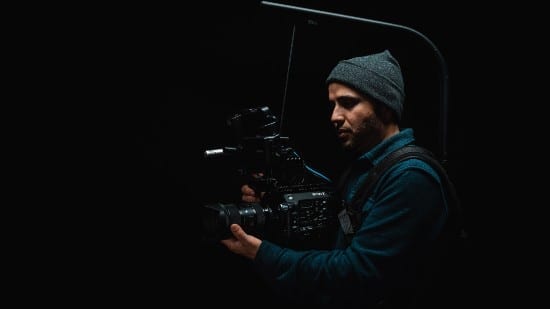


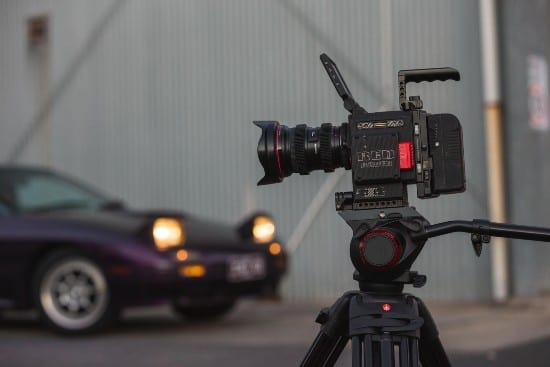
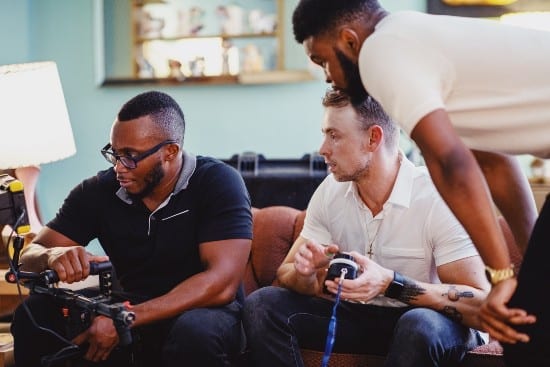
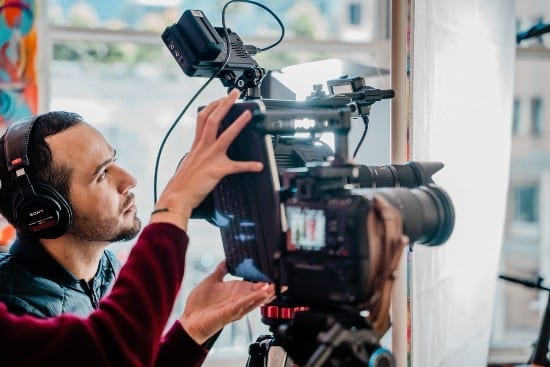

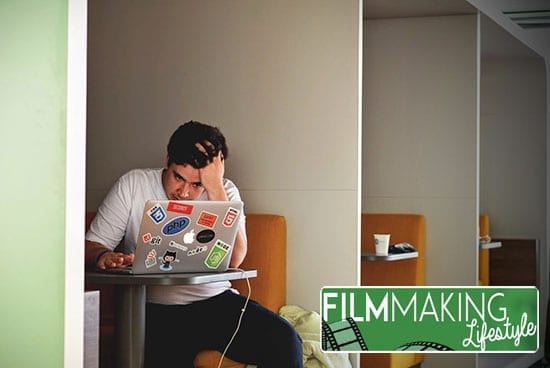
Thanks for sharing very interesting blog regarding brand video content.
Thanks for sharing very interesting information regarding brand video content.
Thanks! Appreciate the comment.